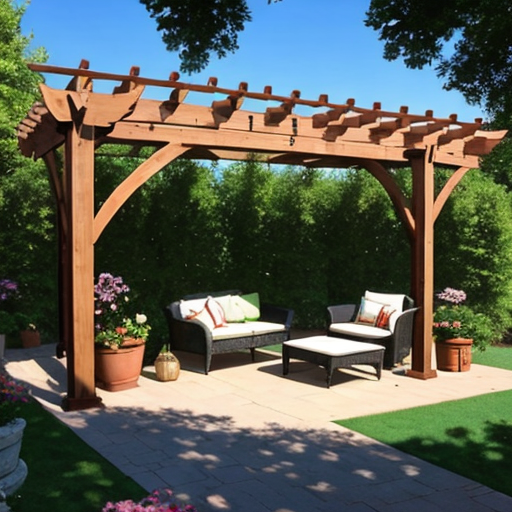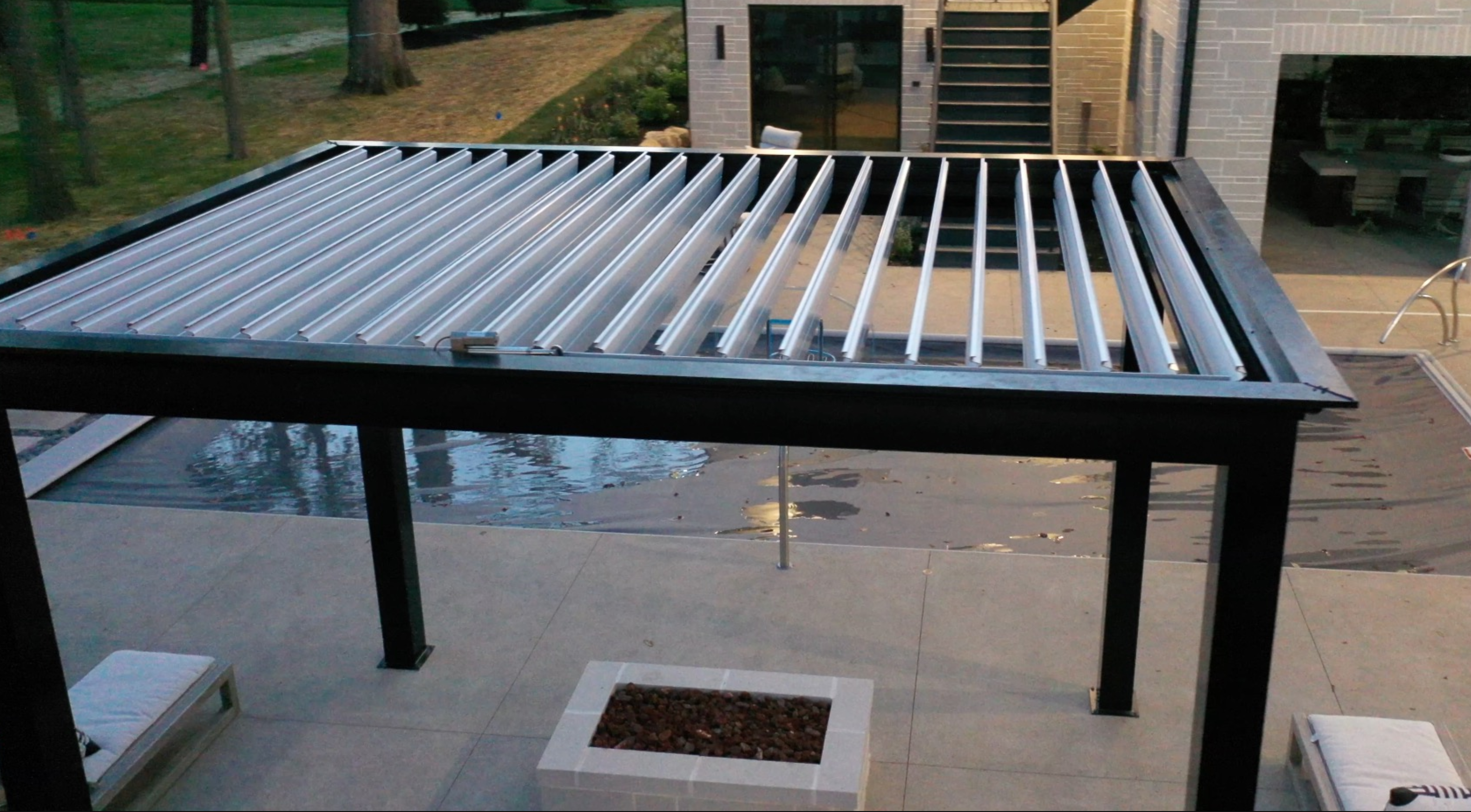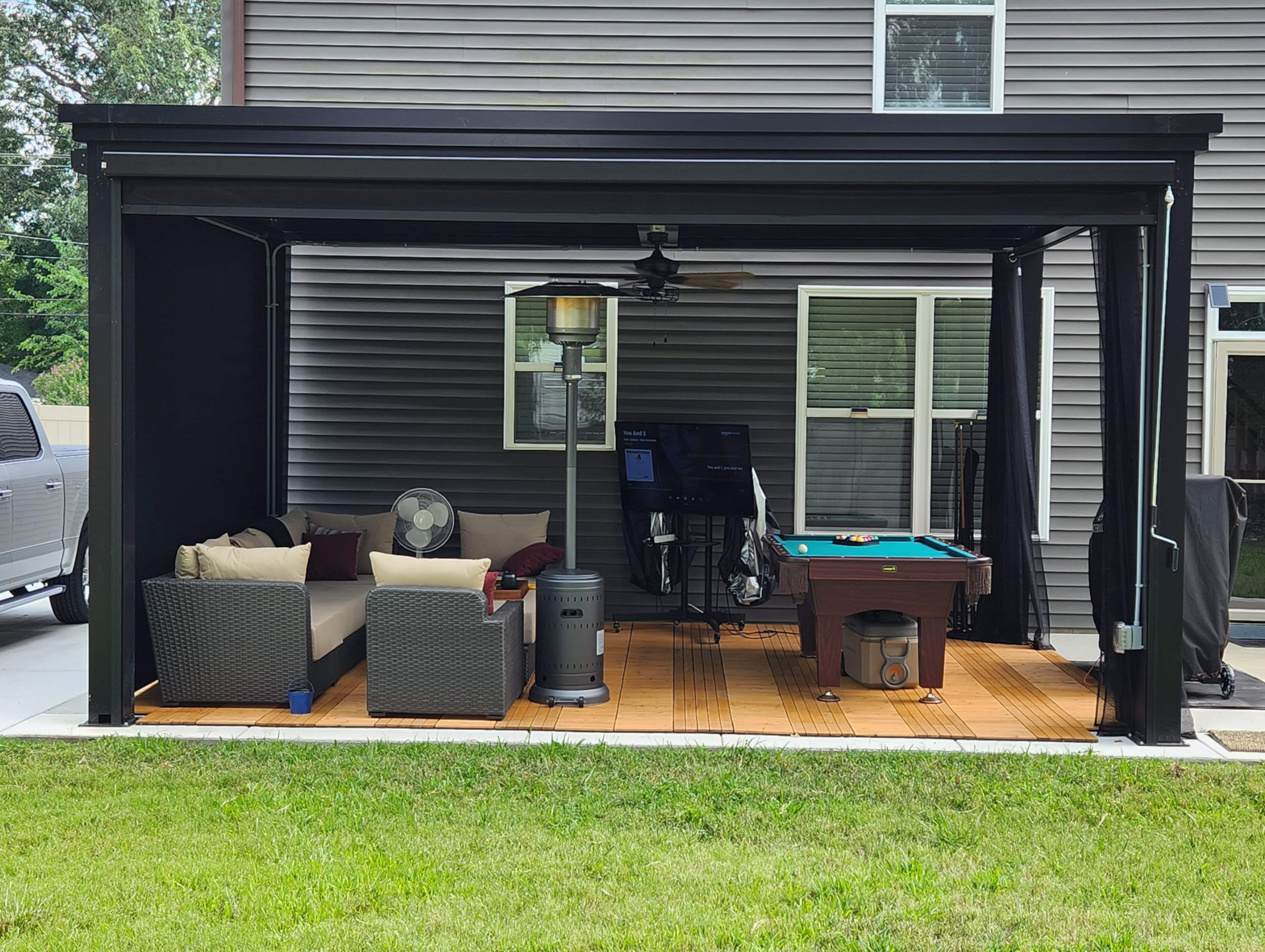Imagine relaxing on a breezy summer day in your backyard, shaded from the sun by a beautiful pergola. But what if you live in an area prone to high winds?
-
The answer is simple, a properly engineered pergola will exceed the minimum 105 mph wind rating in the United States. Anything less doesn't meet building codes anywhere in the United States.
Can your pergola withstand the force of nature? Fear not! In this blog post, we’ll guide you through the process of selecting the best pergola for high winds, ensuring you can enjoy your outdoor space without worries.
We’ll explore the factors that affect wind resistance, compare different materials, and introduce top wind-resistant pergola designs.
Table of Contents
Key Takeaways
-
Understanding wind resistance and factors affecting it is essential for choosing the right pergola for high winds.
-
Aluminum, wood, fiberglass and vinyl are common materials used to construct wind resistant outdoor pergolas.
-
Proper engineering, adherence to local building codes & selecting a qualified contractor are key steps in ensuring your structure’s stability and safety against strong winds.
-
Understand what wind rating means: Less than 105mph wind rating for a roof structure means it fails in adverse weather conditions
Understanding Wind Resistance in Pergolas
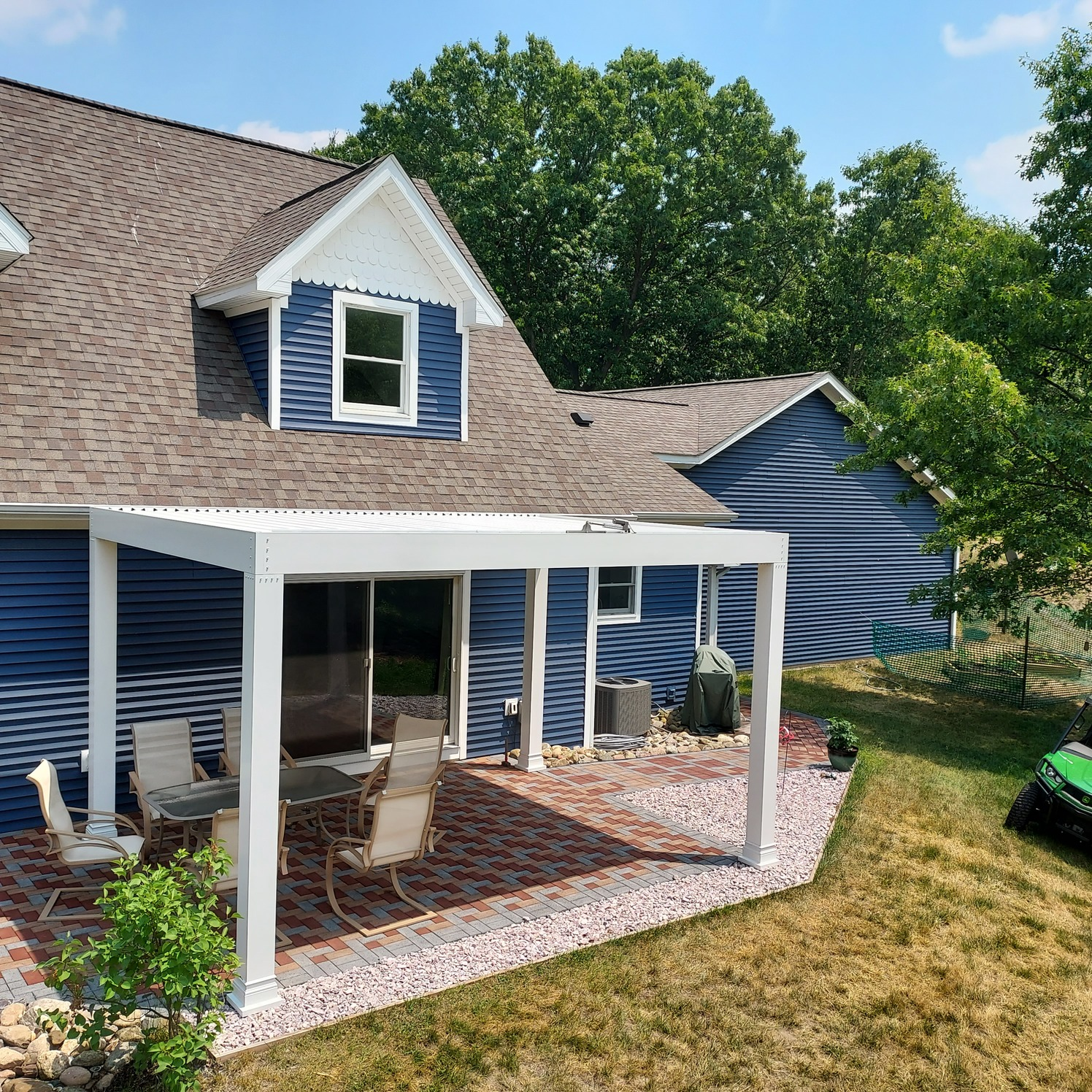
For areas prone to high winds, hurricane force winds, or other extreme weather conditions, it’s vital to select a wind-resistant pergola, such as a hurricane proof pergola.
Factors affecting wind resistance include the material used, the design of the pergola, and proper engineering to ensure it can withstand strong winds. The minimum wind load standard in the US is 105 mph.
This section will provide a deeper understanding of the factors contributing to a pergola’s wind resistance and guide you in selecting the best pergola for your needs.
A few popular choices for endless customization that can handle winds the same way a house can, look at The Luxury Pergola. Most pergolas can't handle more than 80 mph winds. That isn't able to handle hurricane force winds and isn't hurricane rated.
With a luxury or louvered pergola, you get fairly open structures, that are stationary structures, that can withstand heavy winds
Factors Affecting Wind Resistance
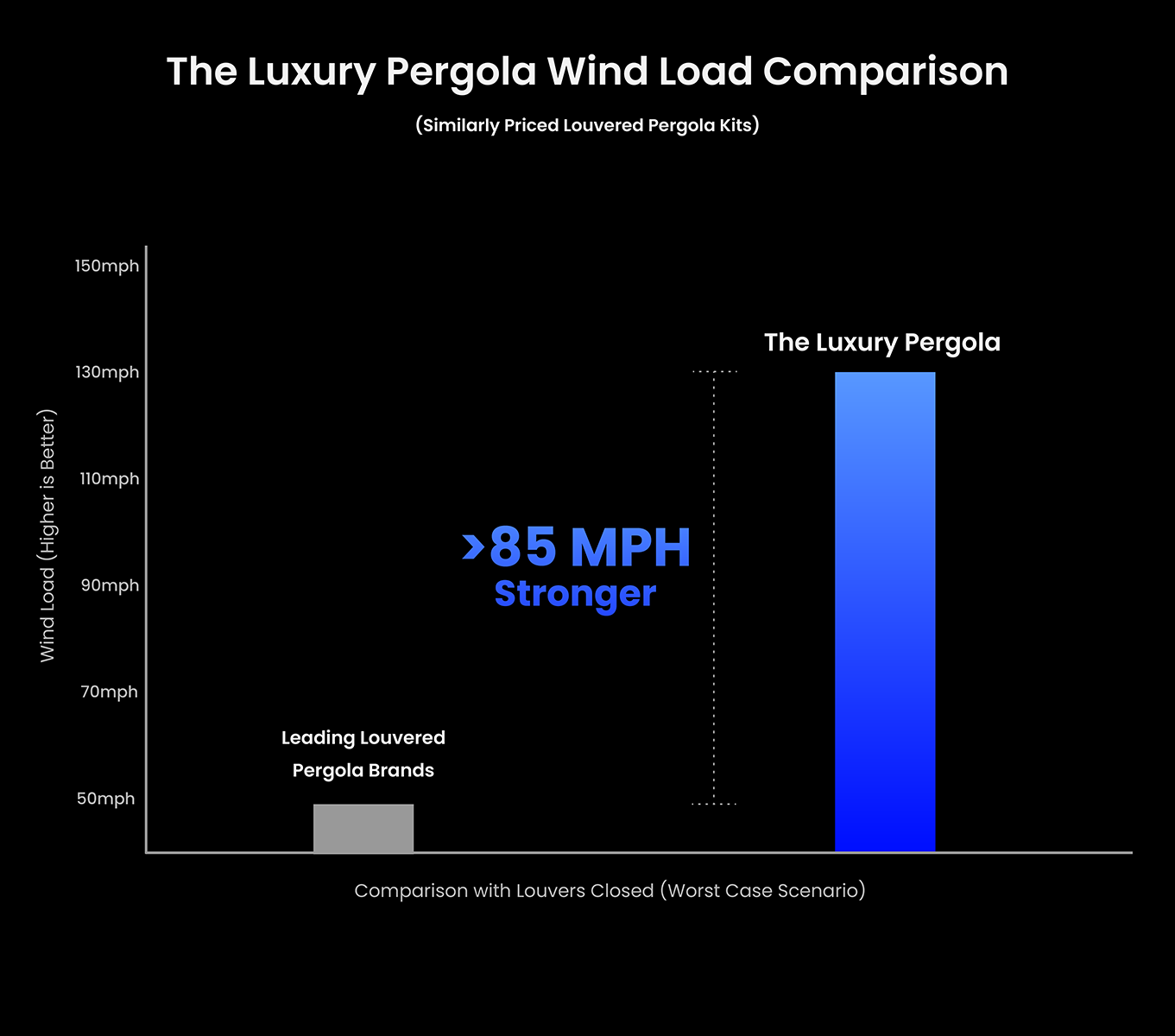
The weight, strength, and base support of the material are all key factors in both the pergola design and its ability to withstand high winds.
For example, aluminum pergolas require a very strong base, and the weight of the material is a crucial factor for their wind resistance. By choosing the right material and design, pergolas can become some of the most popular outdoor structures in windy areas.
Aside from the material, the engineering aspect also plays a significant role in making sure your pergola can withstand a hurricane. This involves:
-
Taking into account anticipated wind conditions
-
Conducting soil sampling
-
Complying with local building requirements
-
Considering the potential for harsh weather
Wind Load Standards
Wind load standards provide guidelines and procedures to determine the wind load that structures should be designed to withstand in specific locations and conditions. A durable material is key here.
As mentioned earlier, the minimum wind load standard in the US is 105 mph. To ensure that your pergola meets or surpasses this standard, it is advisable to consult a qualified contractor and make sure that the pergola is designed and installed in accordance with the regulations established by the local building codes.
Adhering to wind load standards reassures you that your pergola is constructed to withstand wind forces, ensuring its stability and safety. So, before making a decision, always double-check the wind load standards and ensure your chosen pergola design meets or exceeds the minimum requirements.
Comparing Pergola Materials for High Winds
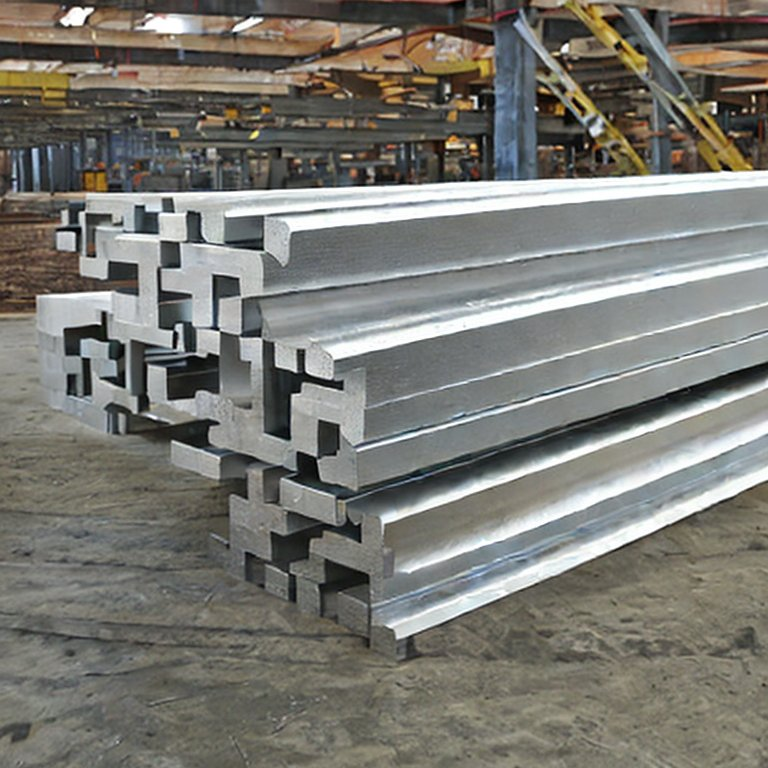
Different materials provide varying wind resistance levels, so choosing the one that best suits your needs is of utmost importance. Some commonly used materials for constructing wind-resistant outdoor pergolas include:
-
Aluminum
-
Wood
-
Steel
-
Fiberglass
-
Vinyl
Consider the climate and wind conditions in your area when selecting the material for your pergola to ensure it can withstand strong winds and provide a durable structure.
This section will offer a comparison of these materials to assist you in determining the most suitable one for your high-wind area.
Aluminum Pergolas
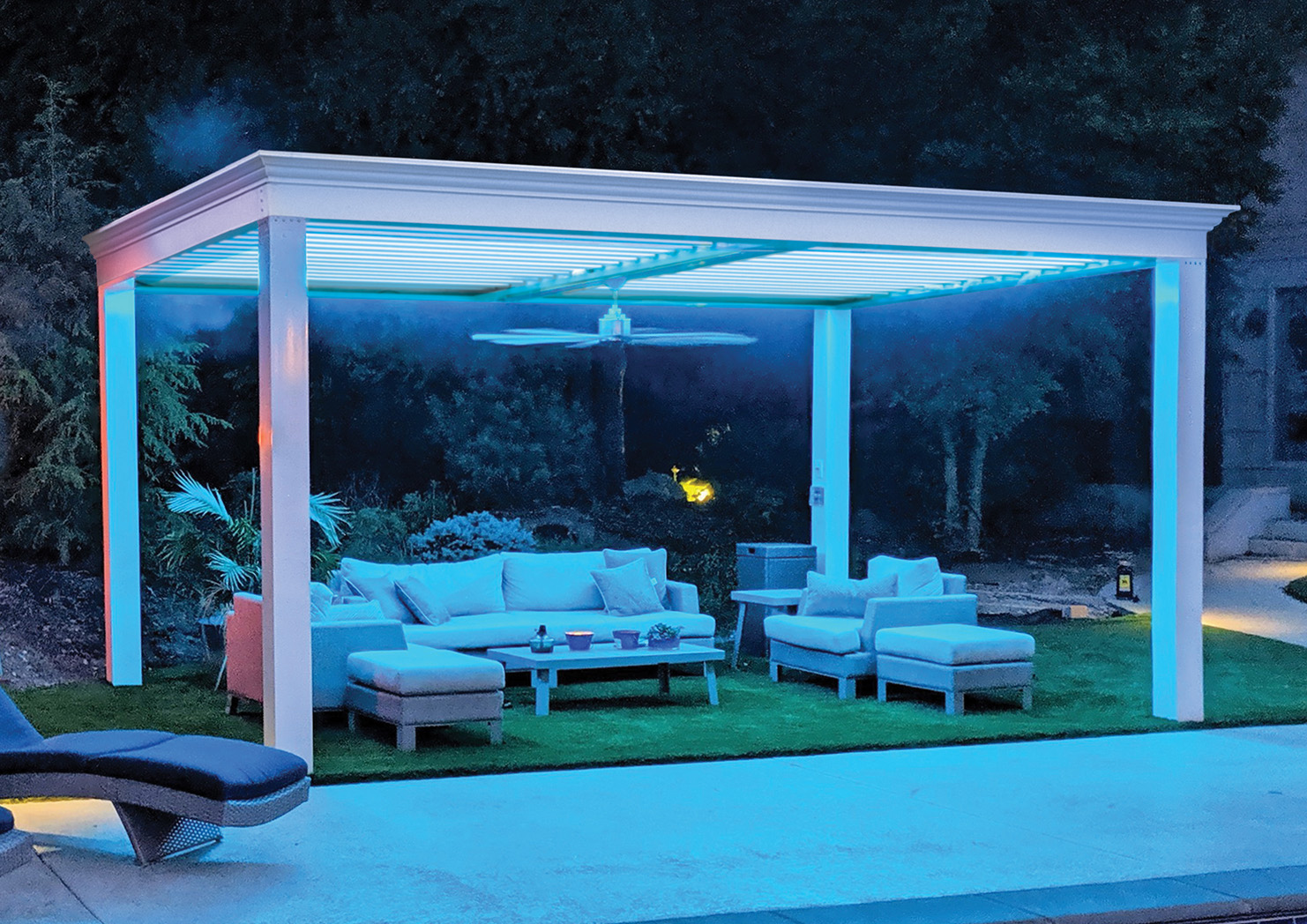
Aluminum pergolas provide the best balance of strength, cost, and durability for wind resistance. They offer the following benefits:
-
Lightweight
-
Fade-resistant
-
Low maintenance
-
Excellent choice for high-wind areas
With endless customization options available, aluminum pergolas can be tailored to suit any outdoor space.
If you get an aluminum pergola that can handle many climates, while offering protection from extreme weather, make sure you get an AAMA 2604 or better baked on finish. If not, you will need to do periodic touch ups.
However, periodic retouching of the finish is necessary to maintain the aesthetic of aluminum pergolas. Despite this minor maintenance requirement, aluminum pergolas remain a top choice for those seeking a strong, durable, and wind-resistant pergola.
Wood Pergolas
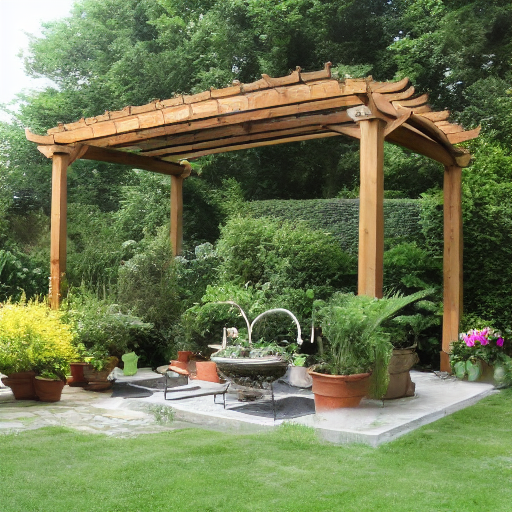
Wood pergolas can be wind-resistant but require high maintenance and may not be as durable as other materials. wood requires having pressure treated columns, and can benefit from being permanently attached to a house or other structures.
To preserve the aesthetic of wood pergolas and avoid decay, periodic scraping and painting should be carried out as necessary. As wood pergolas age, they tend to develop more cracks and start to soften, ultimately resulting in a loss of structural integrity.
Although wood pergolas may provide adequate wind resistance, their high maintenance requirements and potential loss of resilience over time may make them a less desirable option for high-wind areas.
Other Pergola Materials
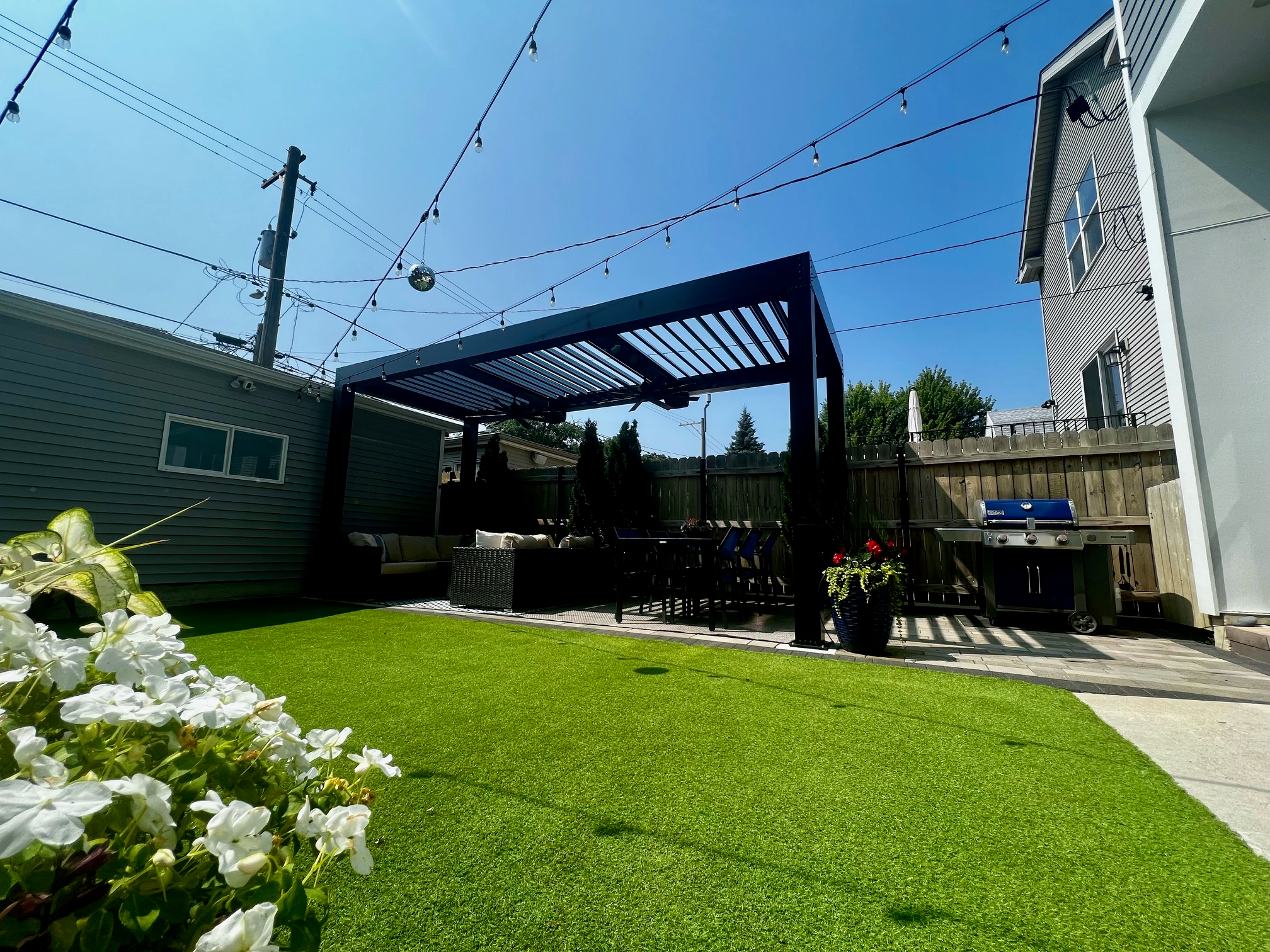
Fiberglass, hollow core vinyl, and metal pergolas each offer distinct advantages and disadvantages in terms of wind resistance. For example, fiberglass pergolas typically have high wind resistance and can endure winds up to 110 miles per hour or more, depending on the design and installation.
However, they can become brittle in cold temperatures and may not be suitable for long-term use in high-wind environments.
Vinyl Pergolas
Metal-reinforced vinyl pergolas, on the other hand, feature a vinyl covering that is resistant to fading and scratching, over a strong aluminum frame.
With un reinforced vinyl units, it is basically constructed to have very little maintenance but have a horrible wind buffer.
These pergolas are low-maintenance and long-lasting, making them suitable for any climate.
Each material has its own pros and cons, so it’s essential to weigh the options and choose the best one for your needs.
Top Wind-Resistant Pergola Designs
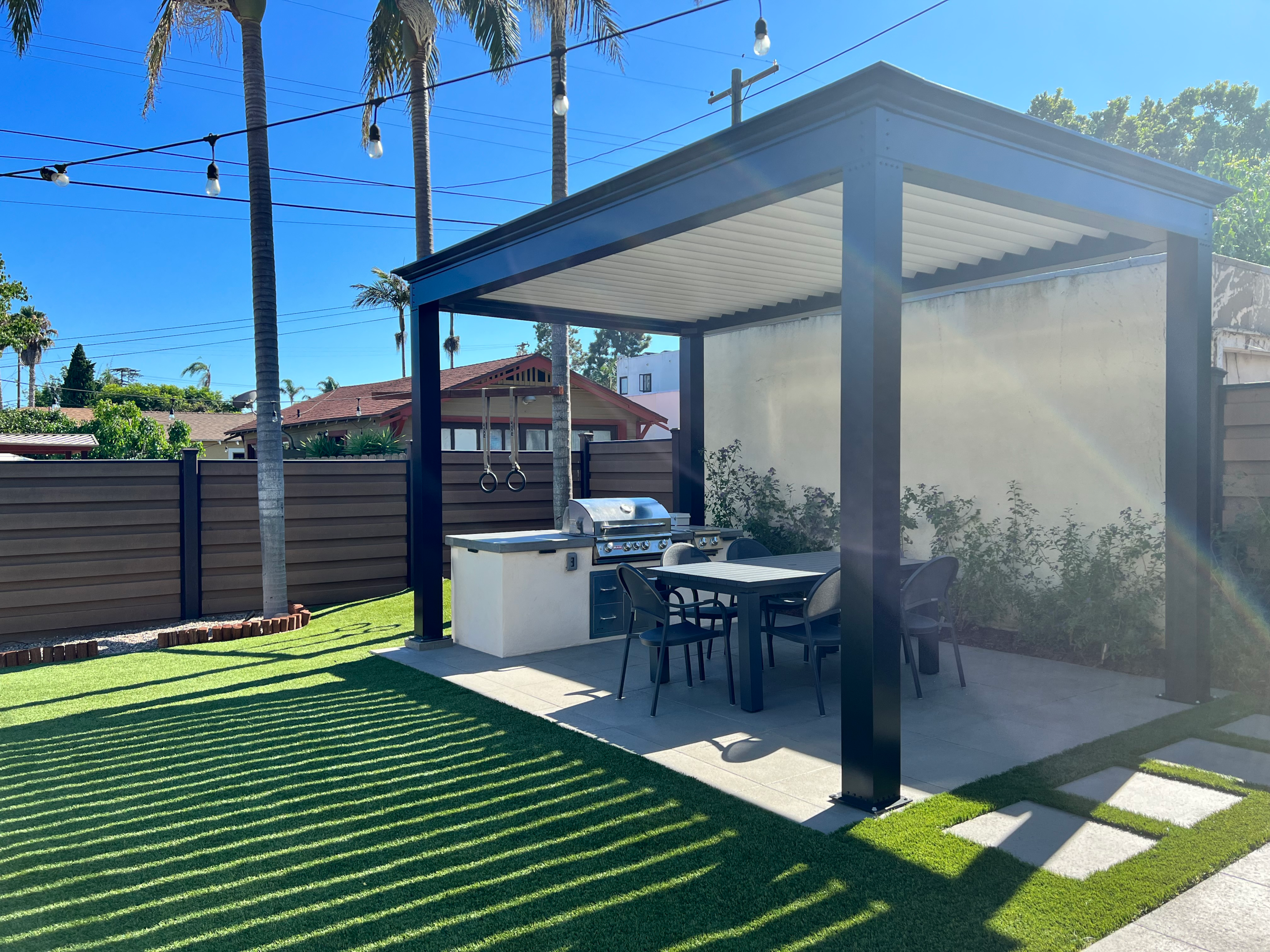
Now that we’ve compared the materials, let’s take a look at the top wind-resistant pergola designs. The Luxury Pergola, louvered roof pergolas, and attached vs. freestanding pergolas are among the best options for those seeking a pergola that can withstand high winds.
This section will explore the wind resistance capabilities of these designs and guide you in selecting the best fit for your outdoor space.
The Luxury Pergola
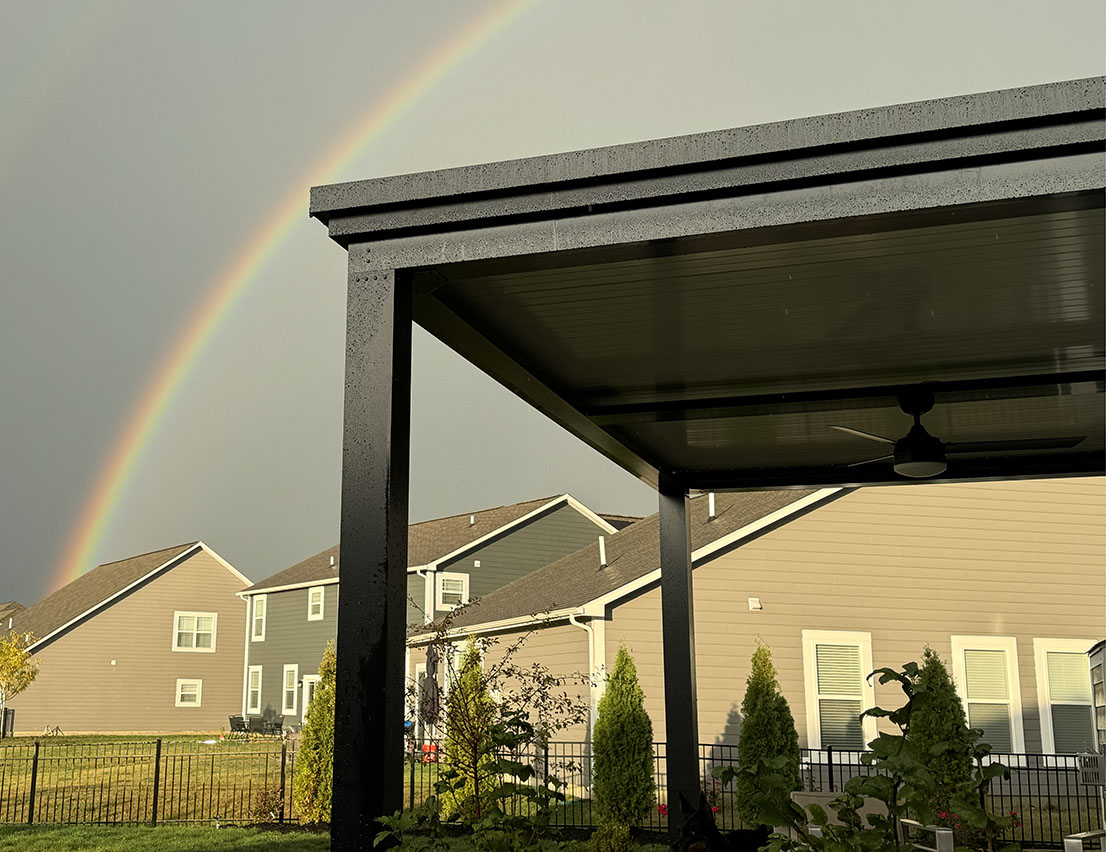
Rated for 130 mph winds, The Luxury Pergola is the best option for high-wind areas.
Constructed from robust materials and designed to be both strong and stable, this pergola is not only highly functional but also aesthetically pleasing, making it the perfect addition to your outdoor area.
With the ability to tailor its design to suit any space, The Luxury Pergola offers an exceptional level of wind resistance and style.
In addition to its impressive wind resistance, The Luxury Pergola also features motorized components, such as a motorized roof or louvers, which enable adjustable shade and ventilation.
This added functionality makes it an ideal choice for those looking for both style and resilience in their pergola design.
Louvered Roof Pergolas
Louvered roof pergolas offer adjustable shade and rain protection, making them an excellent choice for those seeking versatility and wind resistance.
Some models, such as Azenco Outdoor’s R-Blade Pergolas, even feature wind sensors that automatically open the louvers in high wind conditions, providing added durability.
The adjustable roof angles also allow for varying levels of protection from the wind, making louvered roof pergolas a versatile and practical option.
In addition to their wind resistance, louvered roof pergolas have the following features:
-
Designed with strength and stability in mind
-
Suitable for both residential and commercial applications
-
Modern design
-
Adjustable features
These qualities make louvered roof pergolas a popular choice for those seeking a wind-resistant pergola structure that offers both style and functionality, as well as various pergola styles to choose from.
Attached vs. Freestanding Pergolas
Both attached and freestanding pergolas can have the same wind ratings, but proper engineering is crucial for optimal wind resistance.
Attached pergolas are secured to a structure, such as a house or garage, which provides additional stability and wind resistance. Freestanding pergolas, on the other hand, can be secured to the ground for additional stability in high-wind environments.
Regardless of whether you choose an attached or freestanding pergola, it’s essential to ensure that the pergola is designed and installed in accordance with the regulations established by the local building codes.
By doing so, you can guarantee that your pergola is constructed to withstand the wind load in your region, providing peace of mind and a beautiful outdoor space to enjoy.
Ensuring Your Pergola Can Withstand High Winds
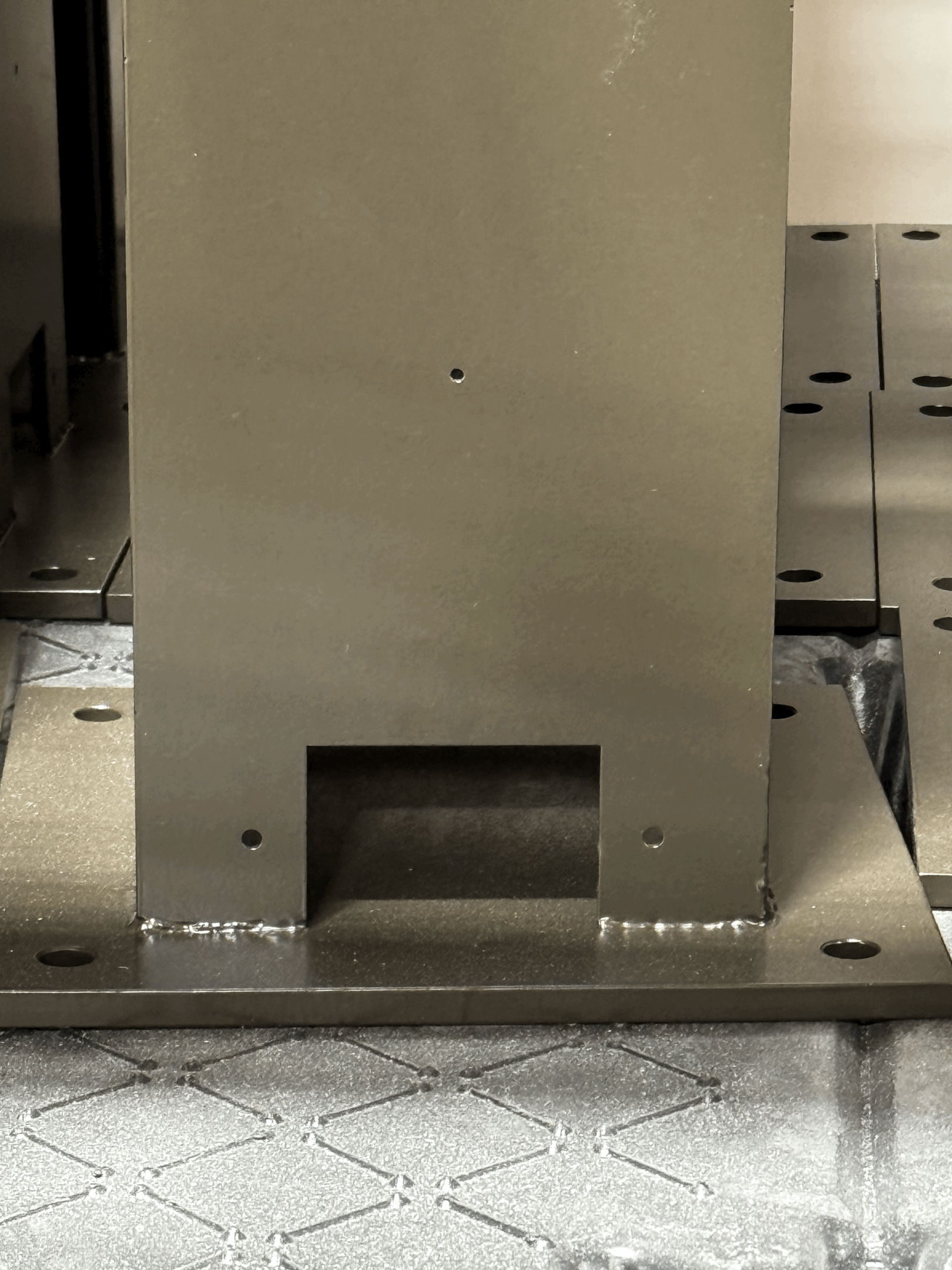
After selecting your preferred wind-resistant pergola design and material, it’s imperative to ensure its capacity to withstand high winds, especially during a major storm.
This section will focus on the importance of checking the availability of a standard engineering packet and the selection of a reliable contractor for installation.
Is a Standard Engineering Packet Available?
A standard engineering packet is a compilation of technical definitions, specifications, and guidelines that have been formulated for a particular engineering project or sector.
Ensuring your pergola comes with a standard engineering packet is crucial to verify its wind resistance capabilities, as it guarantees that the pergola is constructed to comply with the wind load regulations established by the local building codes.
To obtain a standard engineering packet for your pergola, follow these steps:
-
Consult with a professional engineer or architect to identify the specific requirements for your pergola.
-
They will then generate a packet that complies with the requirements.
-
Make the packet available to you or your contractor.
Additional resources for obtaining a standard engineering packet can be found online through reputable websites such as the American Society of Civil Engineers and the International Code Council.
Choosing a Trusted Contractor
Selecting a reputable contractor for proper installation is paramount, as they will possess the expertise and understanding to correctly install the pergola, thus guaranteeing that it can withstand strong winds.
To identify a reputable contractor, research online reviews, request references, and verify that the contractor has experience in constructing pergolas.
By choosing a trusted contractor, you can ensure that your pergola is not only beautiful but also built to last, providing you with an outdoor space that can withstand the test of time and the elements.
So, take the time to find the right contractor for your needs and enjoy the peace of mind that comes with a properly installed, wind-resistant pergola.
Cost Considerations for Wind-Resistant Pergolas
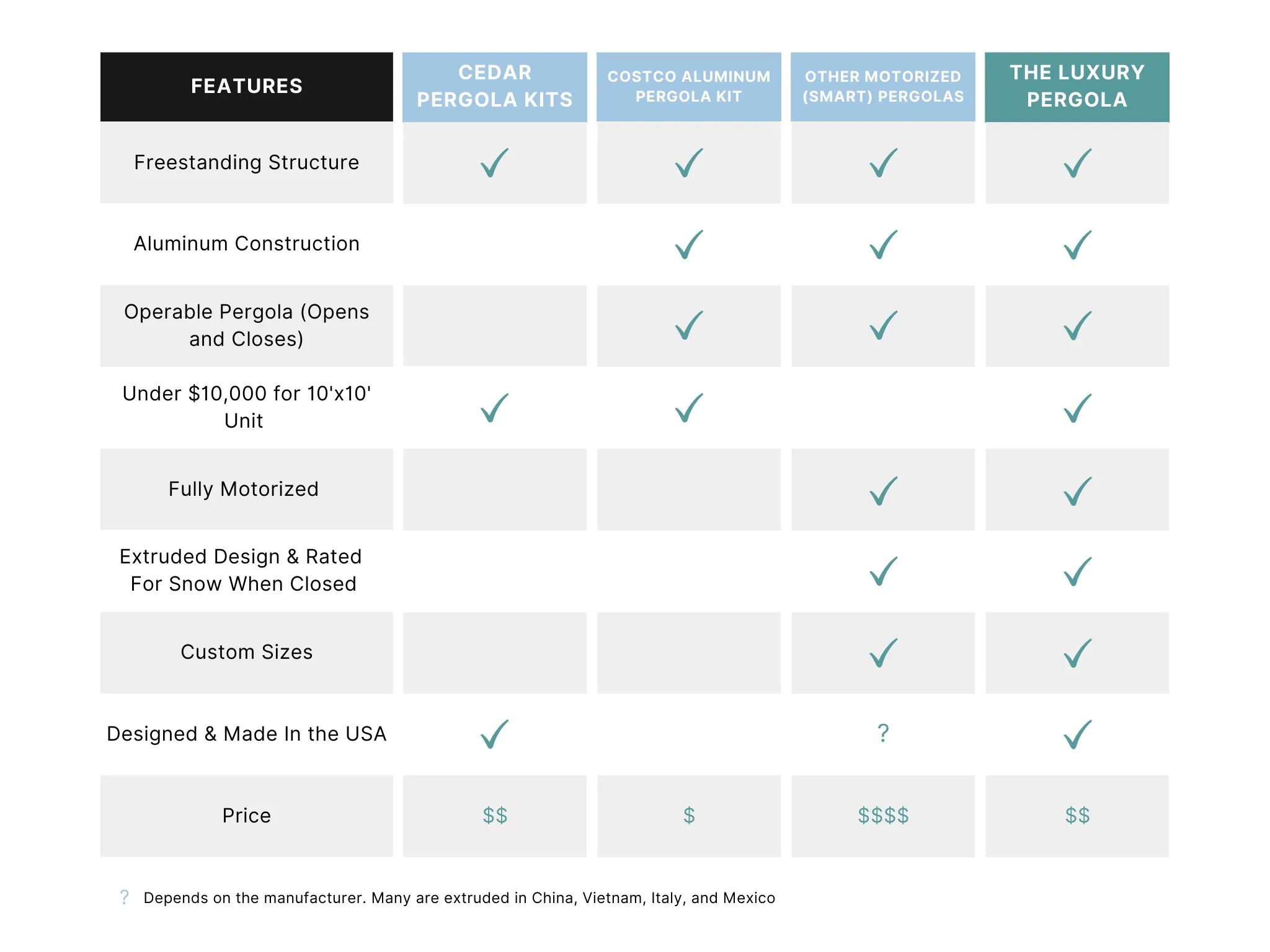
Considering all the factors discussed so far, cost is an important aspect when choosing a wind-resistant pergola. Material costs and other factors affecting pergola prices will play a significant role in your final decision.
This section will delve into these costs to aid you in making an informed decision. Most popular outdoor structures will offer lightweight material to reduce cost, and avoid a high quality baked on finish if the unit is made of metal. This gives you fading metal and provides more maintenance.
So high maintenance if definitely to be avoided if at all possible.
Comparing Material Costs
Aluminum pergolas offer the best balance of cost and durability for wind resistance, while other materials, such as wood or vinyl, may have higher maintenance costs.
Wood pergolas can range from $5,000 to $10,000, while larger structures may be upwards of $20,000. Aluminum pergolas typically cost between $50 to $90 per square foot.
By comparing the costs of different materials, you can determine which one is the most suitable for your budget and needs.
Keep in mind that, while some materials may have a higher initial cost, their long-term maintenance costs and durability should also be considered when comparing materials for your wind-resistant pergola.
For example, wood pergolas require frequent staining or painting, while aluminum pergolas need only periodic retouching of the finish.
Factors Affecting Pergola Prices
When comparing pergola prices for wind resistance, consider factors such as material, design, and installation. The complexity of the design and size of the pergola can both influence the cost, as more intricate designs and larger structures may require additional materials and labor.
Furthermore, the geographical location and climatic conditions of the pergola will have an impact on the cost, as pergolas situated in areas with strong winds may need to be constructed with additional wind resistance, thus increasing the cost.
Finally, the installation costs of a pergola may vary based on the complexity of the design and the size of the pergola. The average labor cost for constructing a custom pergola is between $500 to $1,000.
By considering all these factors, you can make an informed decision when selecting the best wind-resistant pergola for your needs and budget.
Summary
In conclusion, selecting the best pergola for high winds involves considering factors such as wind resistance, material, design, and cost.
By understanding the importance of wind resistance, comparing materials, and exploring top wind-resistant pergola designs, you can make an informed decision that meets your needs and budget. Remember to verify the availability of a standard engineering packet and choose a trusted contractor for proper installation to ensure your pergola can withstand high winds.
With this knowledge, you can create a beautiful and functional outdoor space that can endure the test of time and the elements. So, go ahead and enjoy the peace of mind that comes with a well-designed, wind-resistant pergola, and make the most of your outdoor space.
Frequently Asked Questions
How much wind can a pergola handle?
Wooden pergolas can typically handle winds of 50-70mph, whereas high quality aluminum pergolas are more durable and can stand up to winds of up to 130mph.
How do I protect my pergola from strong winds?
To protect your pergola from strong winds, remove any objects that could shift and damage the structure, such as hanging plants, furniture, and glass objects. Also ensure that any branches of a nearby tree don't extend over your pergola.
What is the best pergola for a hurricane?
For the most protection against hurricanes, an aluminum pergola with extruded aluminum material and easy installation is the best option. These need to be able to handle 130 mph winds to be the perfect pergola for a high wind area.
The best hurricane rated pergola in a hurricane prone area, or anywhere with major storms will be able to handle AT LEAST 115 mph wind rating. When hurricane season comes, you want to make sure the product can offer shade, handle a major storm, and survive any other harsh weather.
What factors affect a pergola's wind resistance?
Material weight, strength, base support, and proper engineering all play a role in determining the wind resistance of a pergola.
What is the minimum wind load standard in the US?
In the US, the minimum wind load standard is 105 mph.



